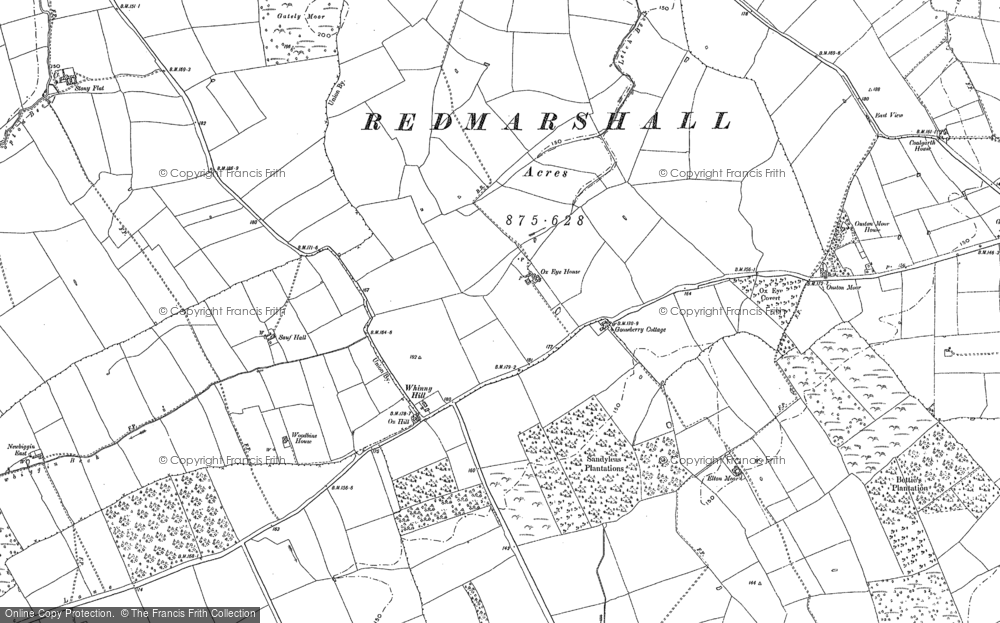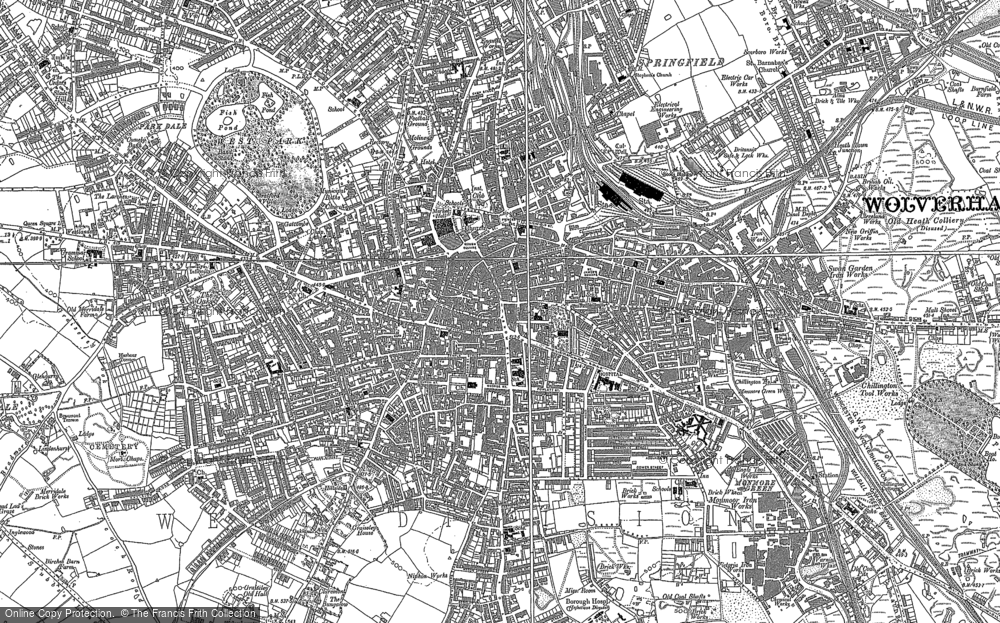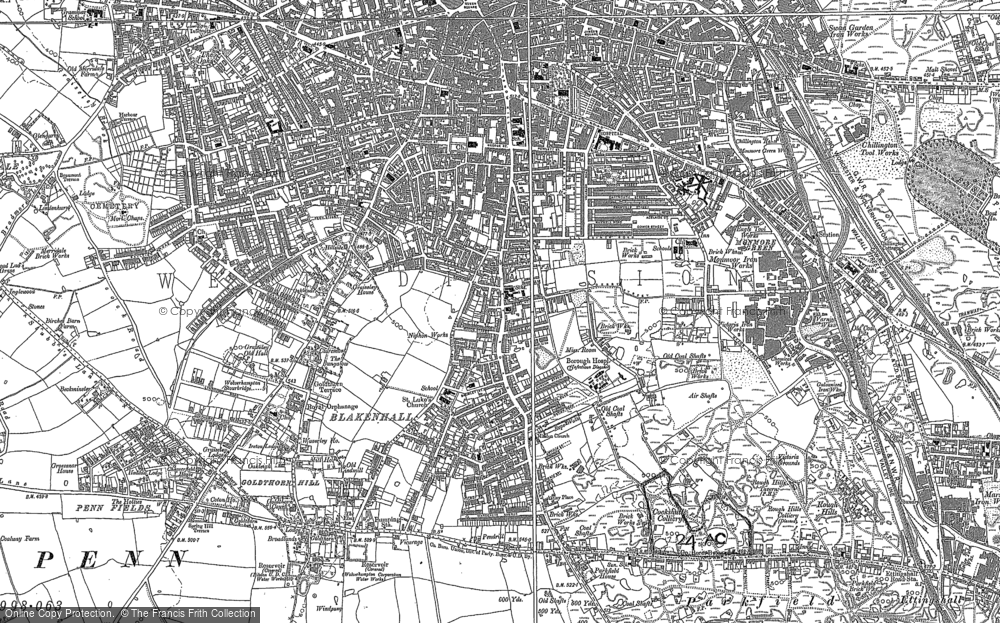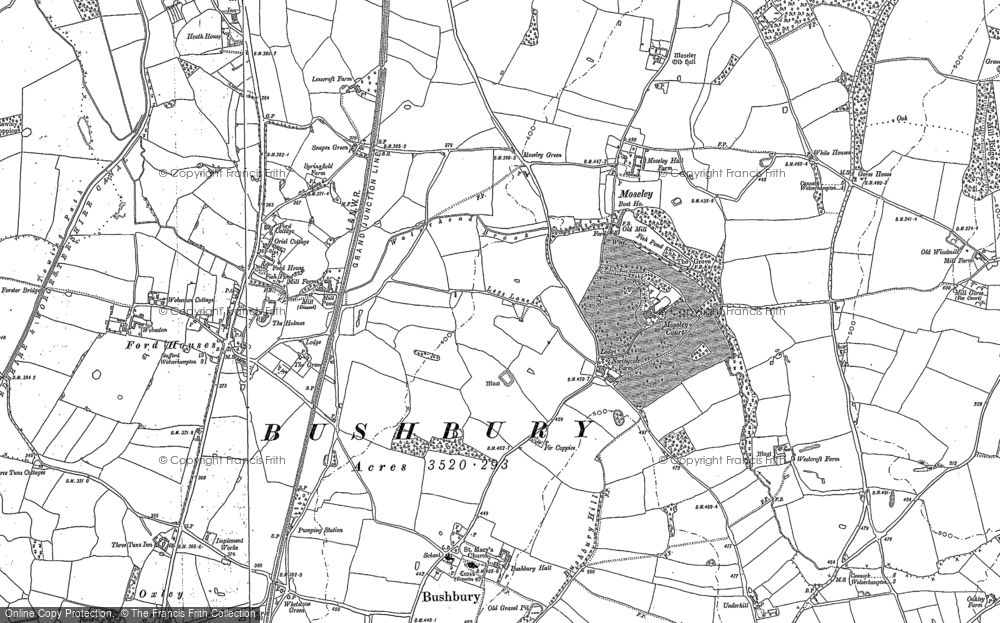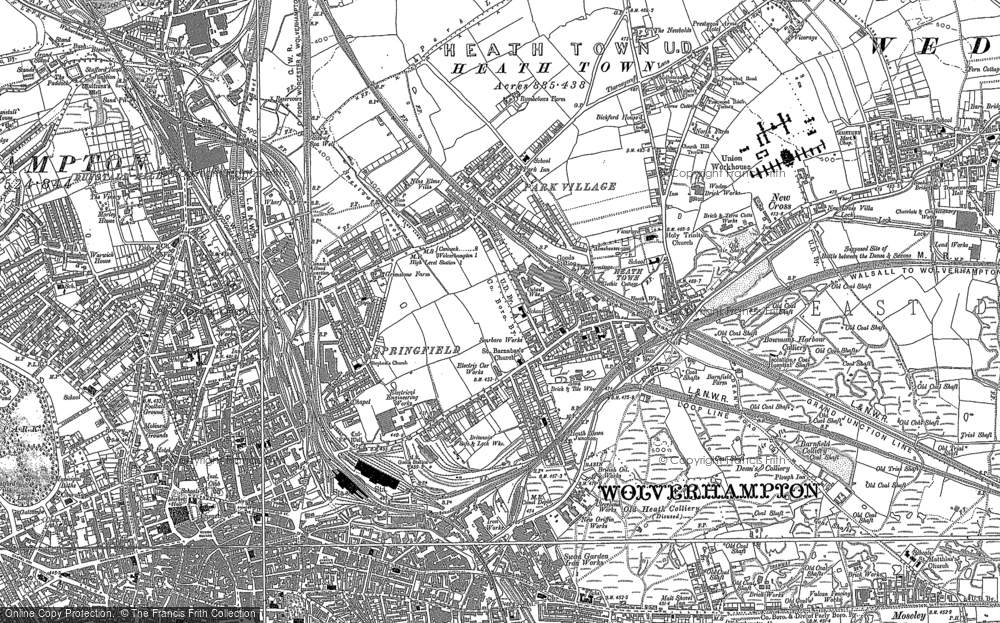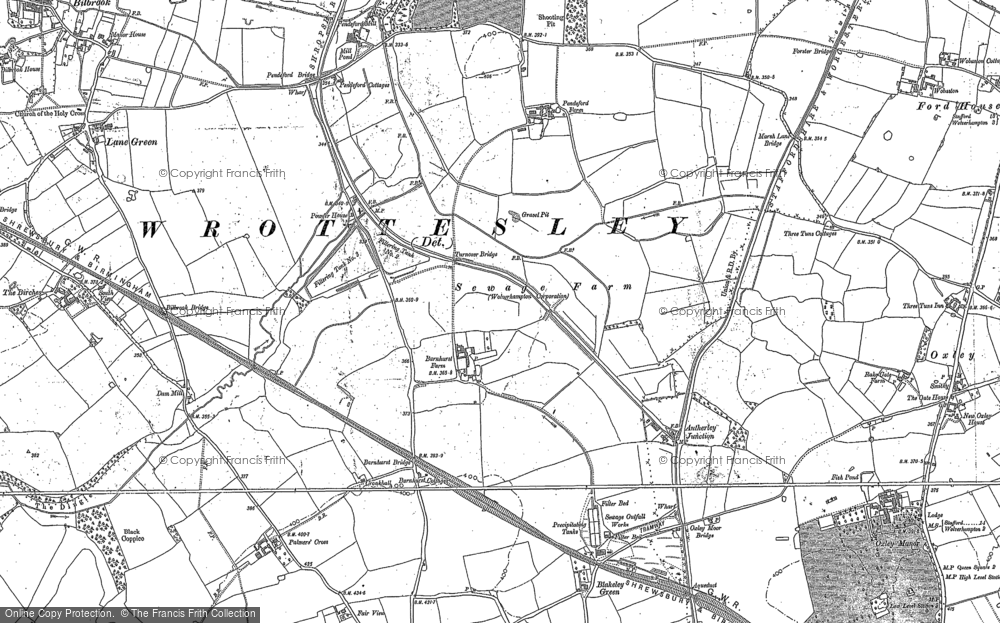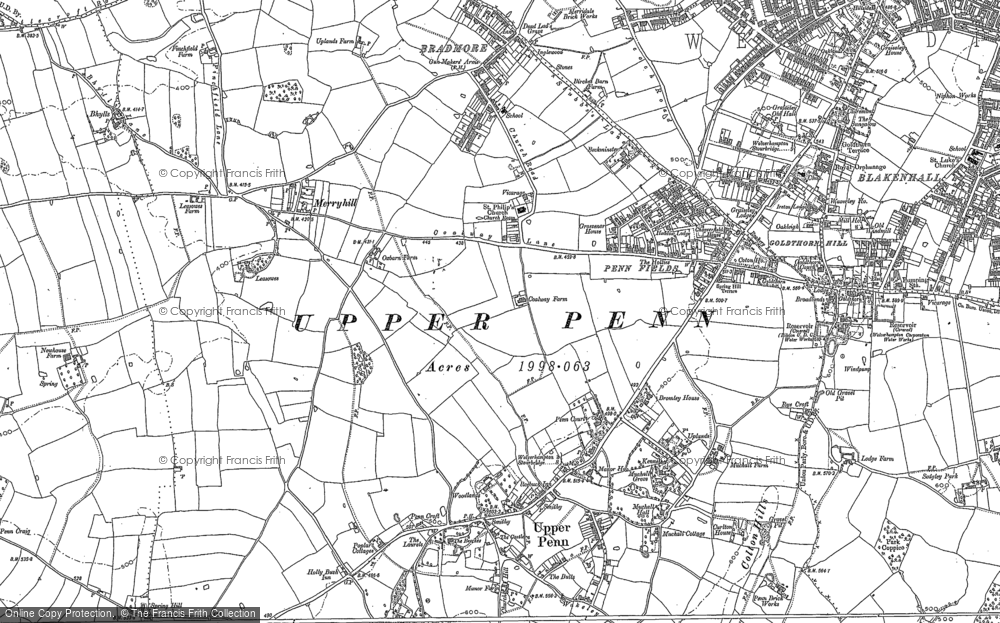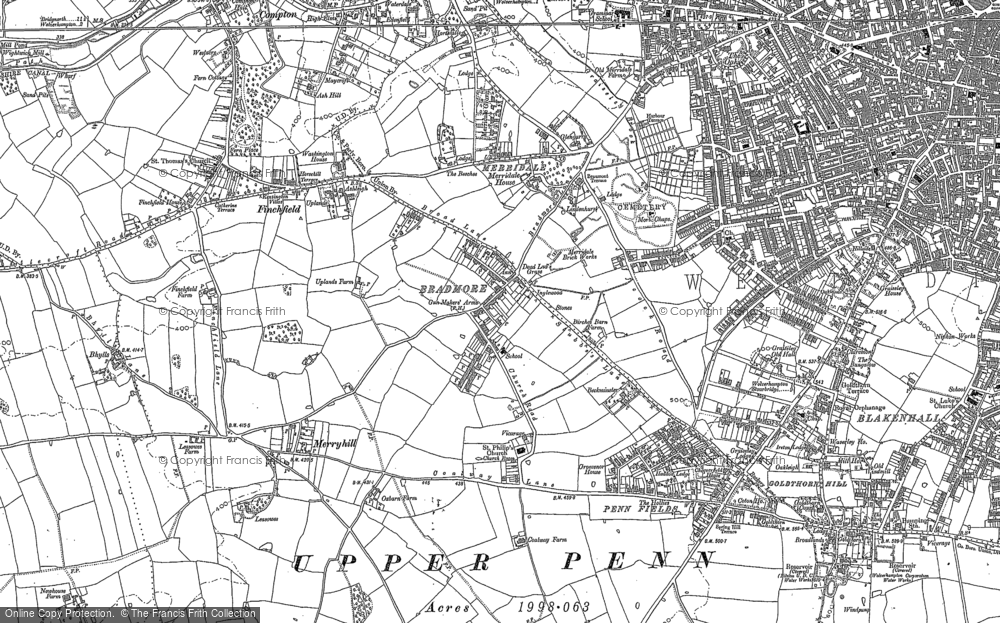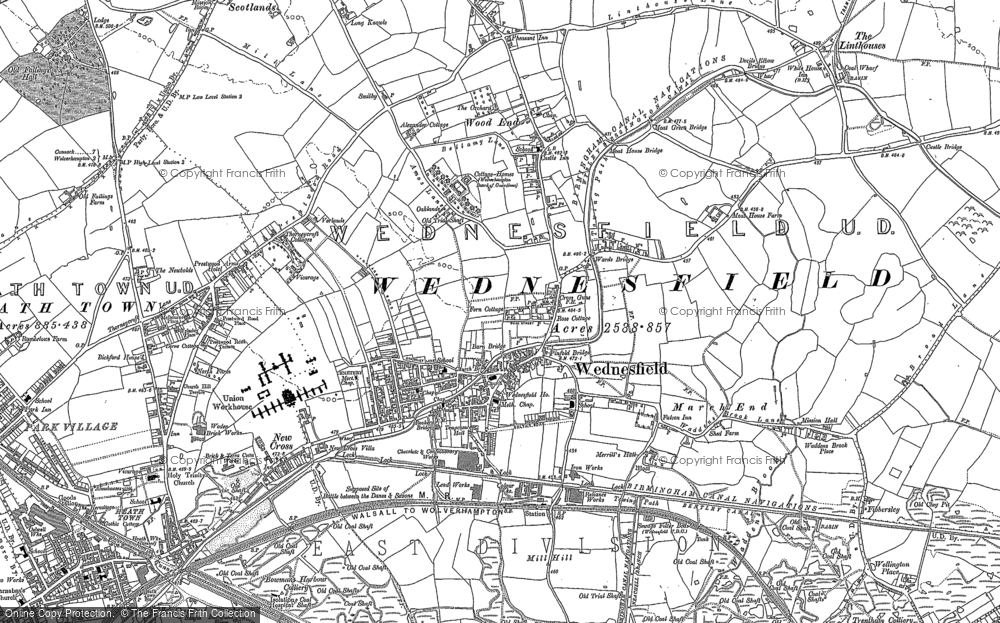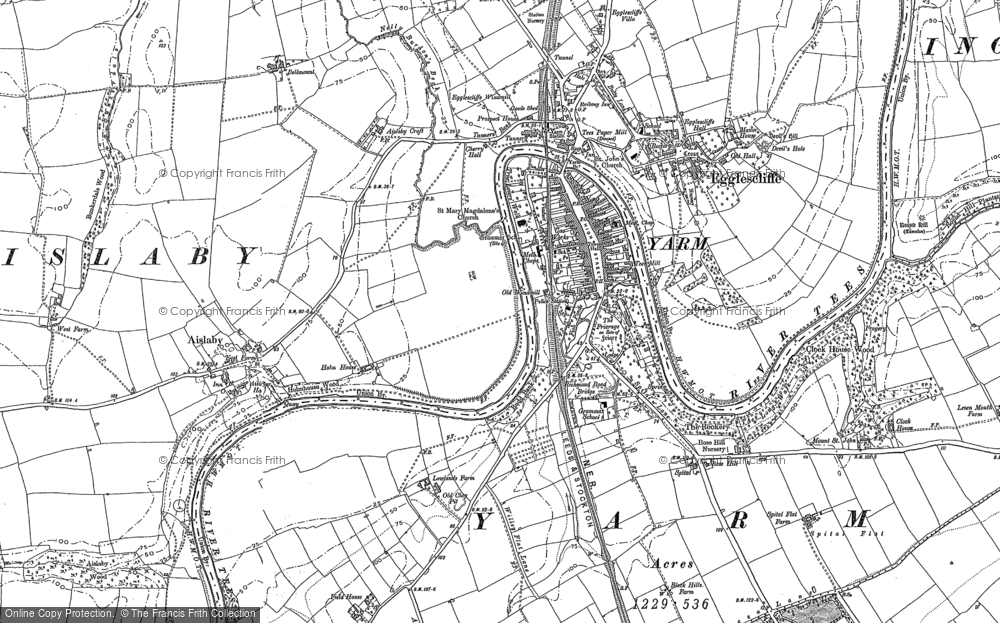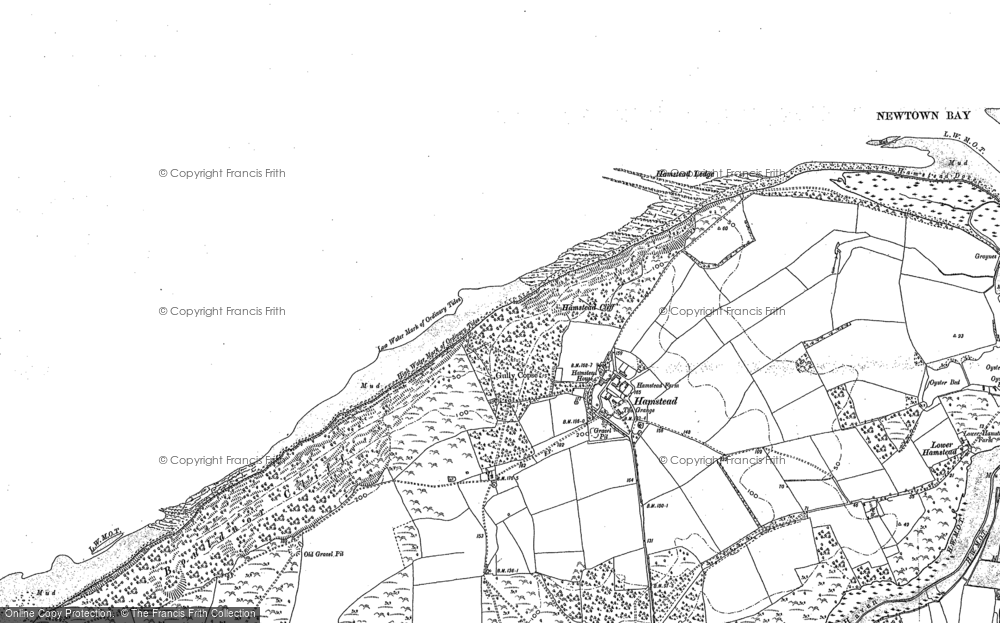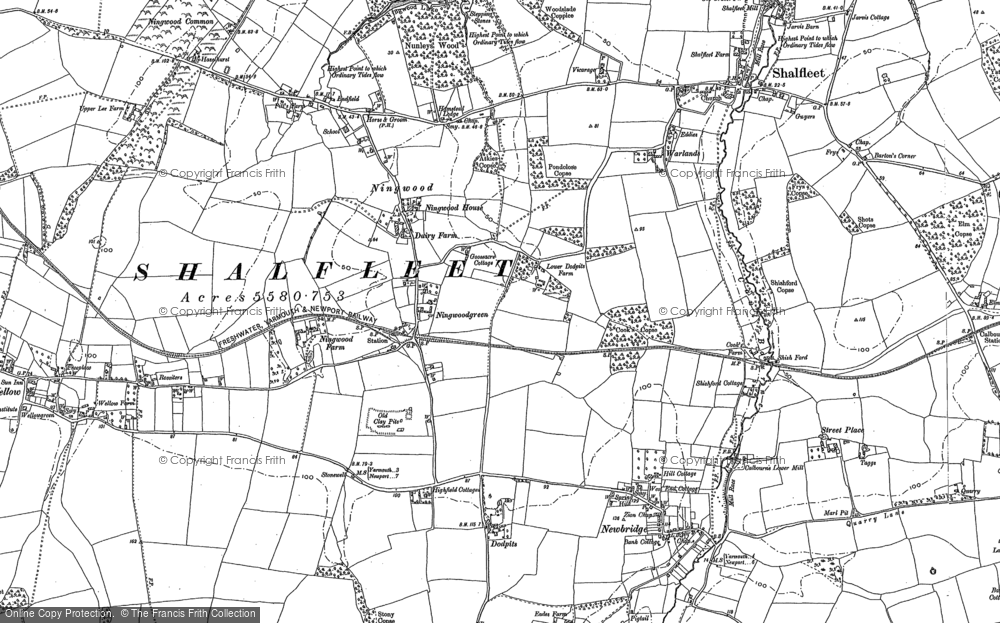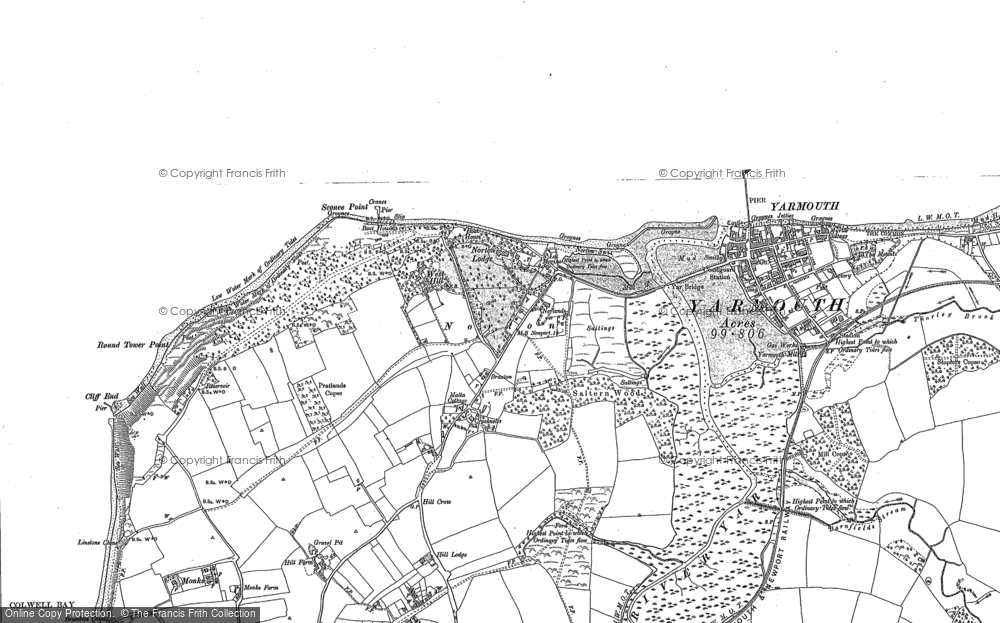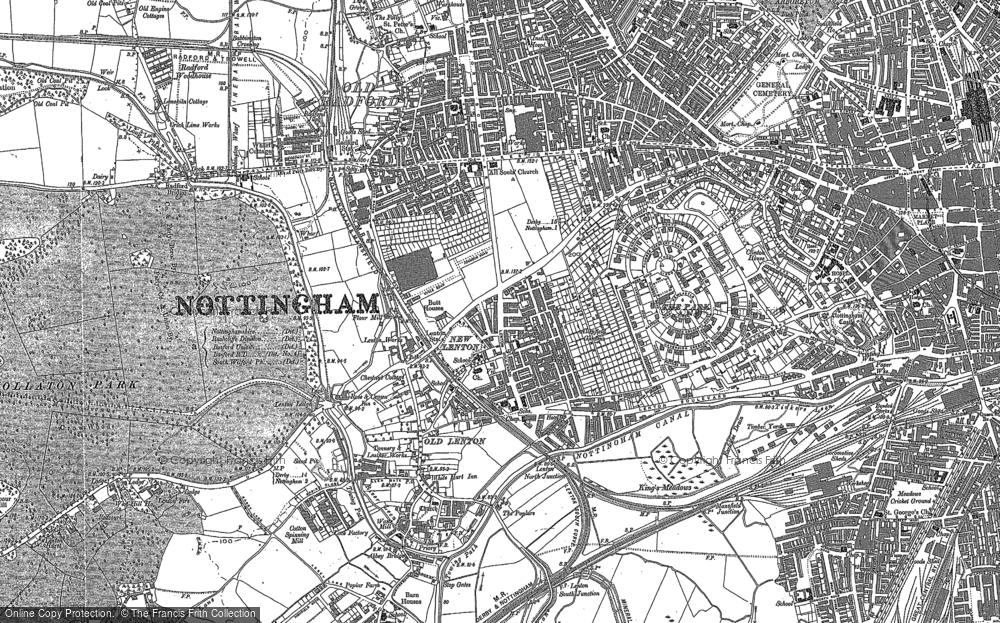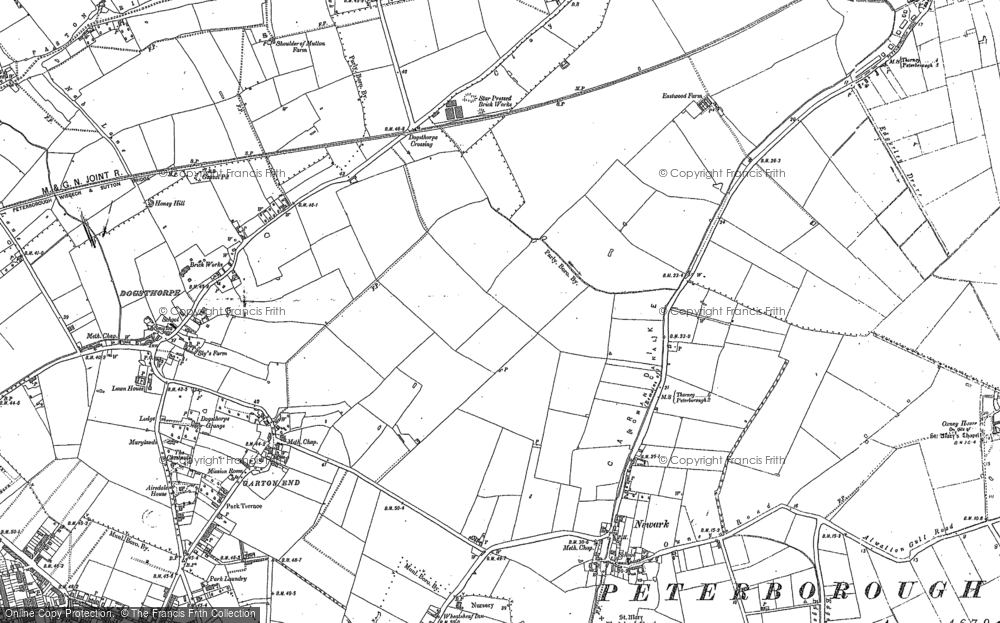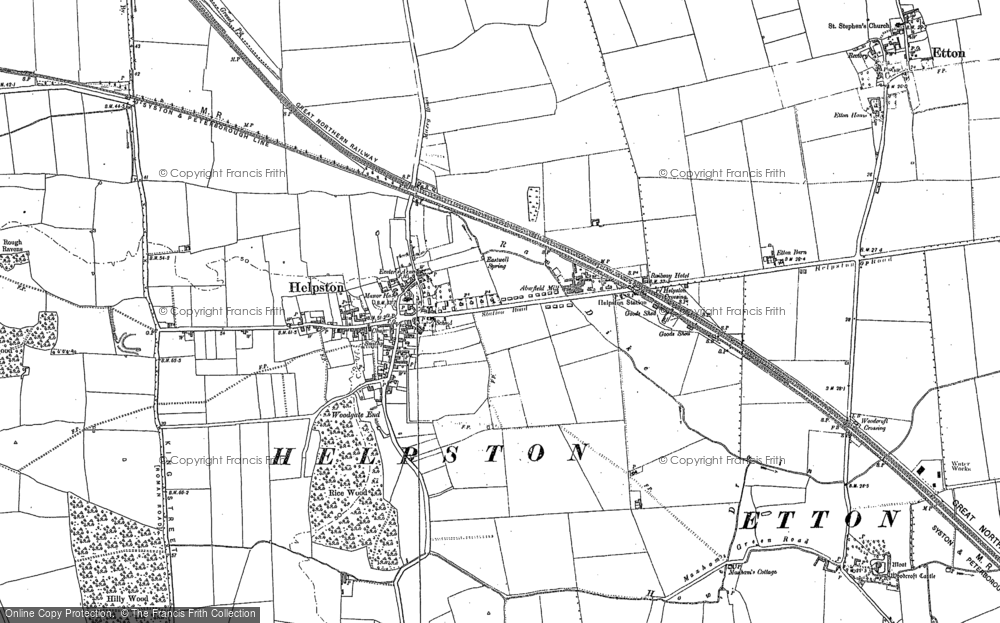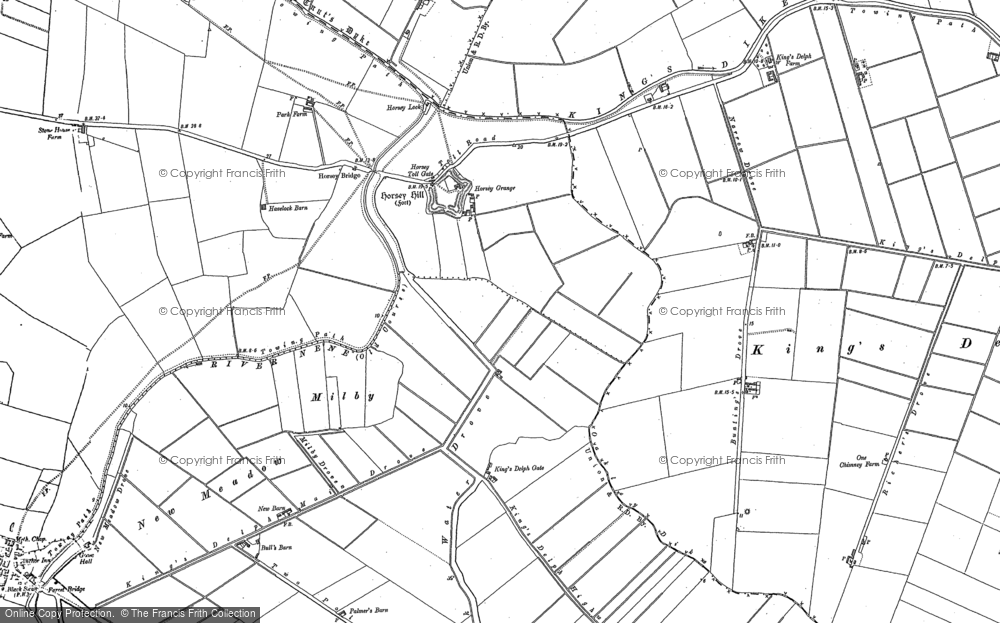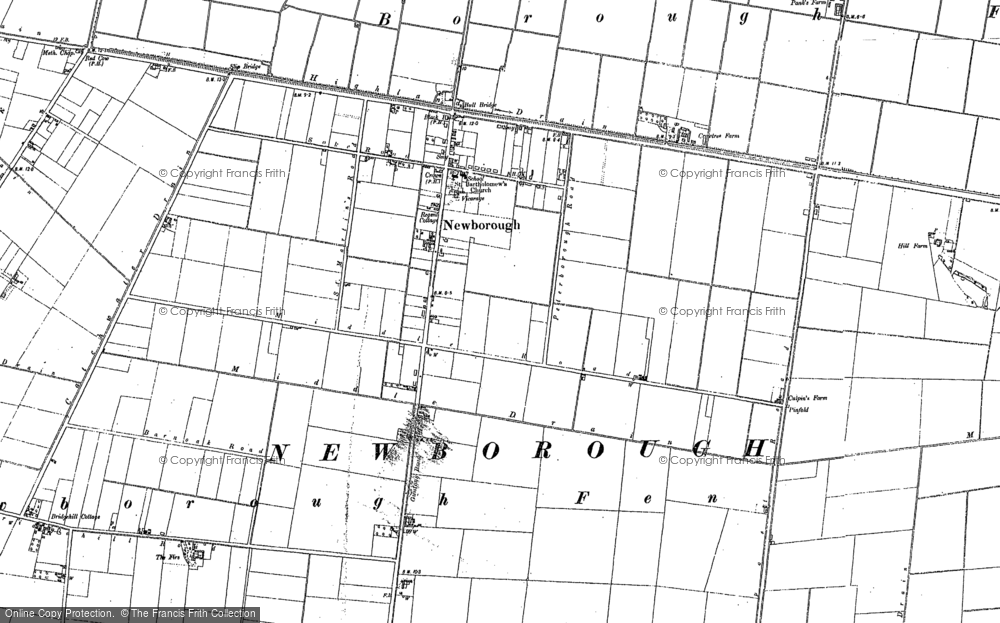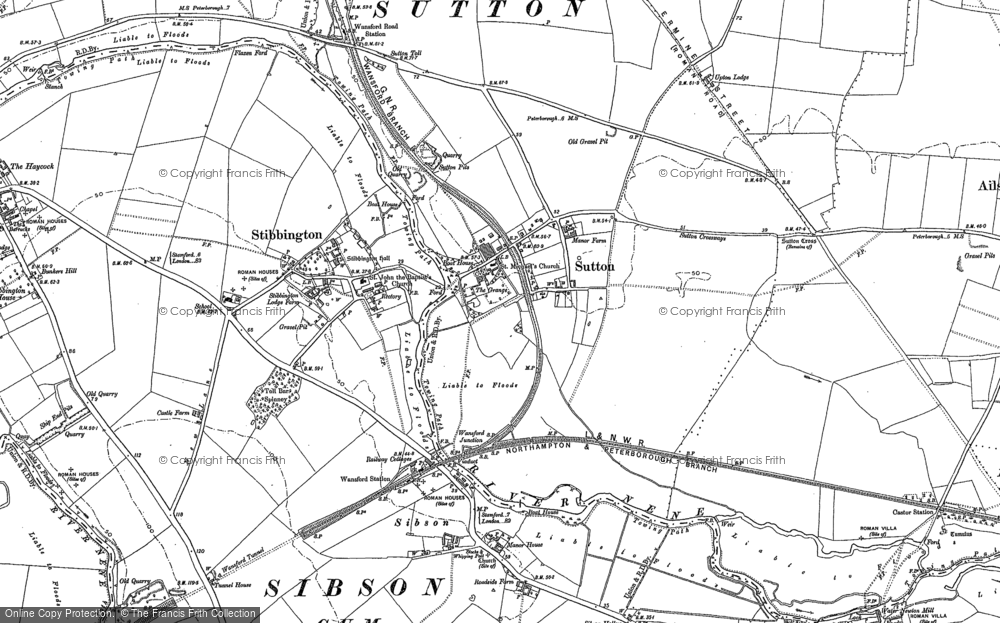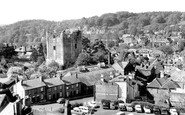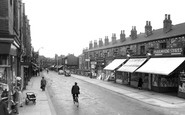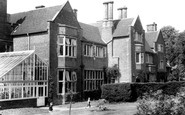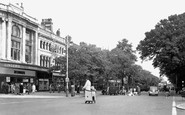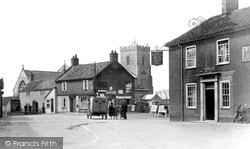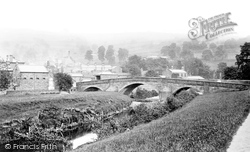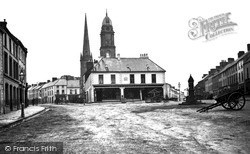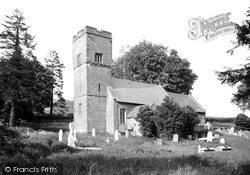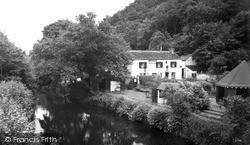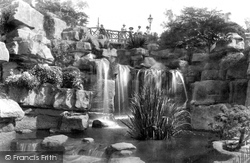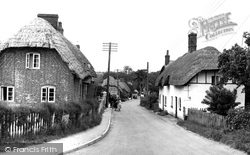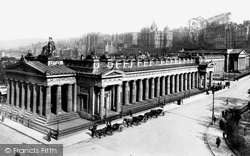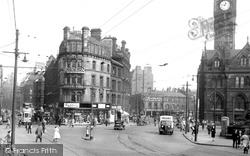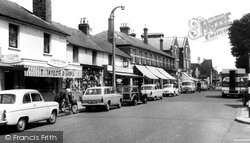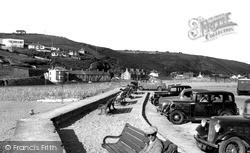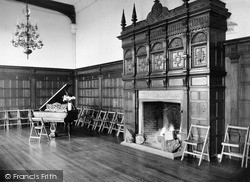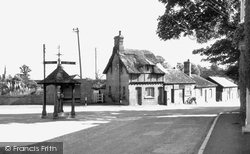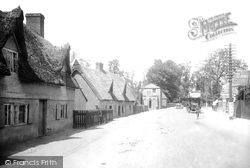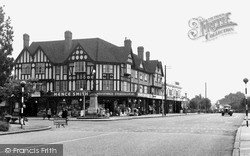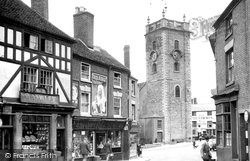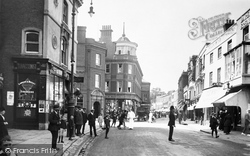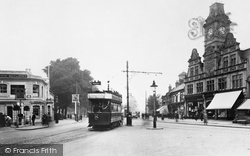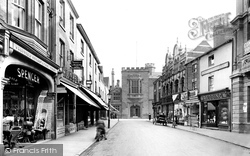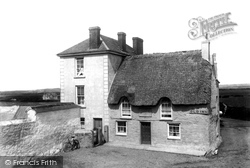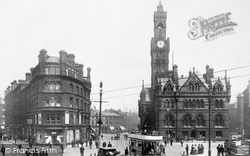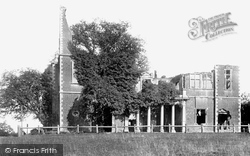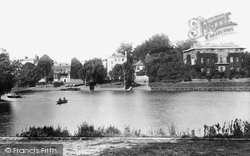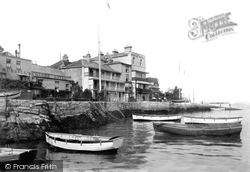Places
Sorry, no places were found that related to your search.
Photos
Sorry, no photos were found that related to your search.
Maps
7,034 maps found.
Books
163 books found. Showing results 1,873 to 1,896.
Memories
22,912 memories found. Showing results 781 to 790.
18castle Street
I was living in Castle Street at number 18 when this photo was taken. I remember the hunt gathering in the car park opposite on Boxing Day and the bakers on the road down to Tungstate where mum would get me and my sister an iced bun, and playing in the castle grounds on my scooter.
A memory of Guildford in 1965 by
The Old Days
Hi, I am Linda Atkinson, nee Halford, I was brought up on the Gypsy Lane estate, attending Woodhouse Junior school and remember the carnivals/parades held on the village green. My best friends were Nancy and Maria Churms, and Lynne ...Read more
A memory of Normanton by
Brentford Memories From Grandparents Stories..
I was born and bred in Brentford and can remember it well from the 1970's onwards. Both of my grandparents and their families were also old Brentonians all of their lives. I have many stories from my nan ...Read more
A memory of Brentford in 1950
School And War
I was born in Jan 1936 in Witham, where my father's family had settled in the 1790's. When I was two my parents moved into one of the new council houses at the north end of Church Street, so I went to Chipping Hill Infants School. I can ...Read more
A memory of Witham in 1940 by
Prisoners Of War
I can remember a POW camp just inside Boldmere Gates. The Americans used the inmates to destroy lots of things at Jubillee Hill(?) at the sand pits, when war ended. This was material from the Streetly Camp area. Lots of it ...Read more
A memory of Sutton Coldfield in 1945 by
Welcome To My Nightmare
I remember this place well. The people ran it like a victorian workhouse. You wouldn't believe some of the things that went on here; when I didn't eat my dinner (I didn't like meat), I sat there ages looking at it then got ...Read more
A memory of Glenfield in 1955 by
Crambe In The Early 50,S
My fathers side of the family (Wood) lived at Low Moor Crambe according to the Census, which is where I presume I spent a couple of holidays in the early 50' probably 52 or 53 just after my Grandfather died and before my step ...Read more
A memory of Crambe in 1952 by
Childhood Memories.
I was born at 50 Nancy Road, Grimethorpe on the 12 December 1944. At this time this address was the White City police house and had the West Riding police crest attached to the front of the house. My dad, Robert Cox, had come down ...Read more
A memory of Cudworth in 1944 by
Look Out For The Policeman!
This photograph of Southport shows a member of the local constabulary on point duty in Lord Street in the mid 1950s. The wearing of white coats was introduced in some towns during the Second World War, and gave policemen ...Read more
A memory of Southport in 1955 by
Tiffield Village School
I have many memories of the village school which I visited regularly during my childhood. I was named after Lynda Brown, a very close friend of my parents, who ran the school. She had been headteacher of the school for some ...Read more
A memory of Tiffield in 1956 by
Your search returned a large number of results. Please try to refine your search further.
Captions
9,654 captions found. Showing results 1,873 to 1,896.
Ludham is a crossroads village set on higher ground between the rivers Thurne and Ant, both tributaries of the Bure. It is at the head of its own tributary channel to the Bure, Womack Water.
Pateley Bridge, in Upper Nidderdale, lies on the road between Grassington and Ripon, and was once an important crossing point over the river.
Although an old market town, Lisburn is at the heart of the Irish linen industry. Behind the market square can be seen the Protestant cathedral, built in 1623 and elevated to cathedral status in 1662.
A most interesting architectural feature of the church of St James the Elder at Llanvetherine is the tower.
The Sportsman's Arms Inn, beside the old road and bridge over the River Lynher, was by-passed by a new bridge in 1961 during major road improvements when the Tamar Bridge was opened at Saltash.
Passers-by on the rustic bridge, which was constructed at the same time as the ravine, pause to admire the waterfall which was part of the landscaping.This feature had become derelict, but has been
The heart of the village retains its thatched roofs, with modern developments in pockets largely hidden from view. The pub sign at the Eagle can just be seen beyond the power pole on the right.
Founded in 1823, this building, at the foot of The Mound, housed a statue gallery when this picture was taken. There was also a collection of casts that was open only to art students.
The statue of Queen Victoria graced the square from May 1904. A crowd of 70,000 cheered the Prince and Princess of Wales, who were also here to open the Bradford Exhibition at Lister Park.
A line of parked cars, and a frozen foods van making a delivery, marks this mid-summer morning scene along the shopping centre of the village which, at the time, was already rapidly expanding.
Portreath was once a thriving little mining port at the terminus of Cornwall's first (horse-drawn) railway.
The creators of the impressive neo-Jacobean panelling probably never expected that it would one day be partnered with a set of utilitarian chairs that would look more at home in a village
Without doubt, Bluntisham's most famous daughter was the novellist Dorothy L Sayers, creator of the famous detective Lord Peter Wimsey.
Thatched cottages abound in this view; at this time, Trumpington was a village separate from Cambridge.
For casualties, the Pitsea Health Centre was held at Pitsea School, and was one of just three for Basildon residents of the 1950s; the others were in Craylands, Timberlog Lane, and Florence Road, Laindon
St Anne's Church at the end of Load Street was originally a chantry chapel, said to have been built by fugitives so that they might claim sanctuary. The present church was built in 1746.
A uniformed policeman is on duty in Maidenhead High Street.
This photograph shows Kings Road at the point where it meets Cemetery Junction, to the east of the town.
At this date the town had just one hotel recommended by the Dunlop Motorists Guide. This was the 25-bedroom Royal George.
Here is an unusual mix: the older thatched inn is attached to a three-storey Victorian block at Churchtown in the village.
On the right is the Town Hall in all its Gothic splendour, which was completed in 1873 at a cost of £100,000.
The Bruce family bought it in 1624 and lived there for nearly 70 years.
The White Swan public house, first mentioned in 1722, stands on raised ground just beyond the beached punts to the left of centre.
Most of the islanders at that time were extremely poor, and like the inhabitants of other coastal areas saw smuggling as a way of augmenting their poverty-stricken existence.
Places (0)
Photos (0)
Memories (22912)
Books (163)
Maps (7034)




